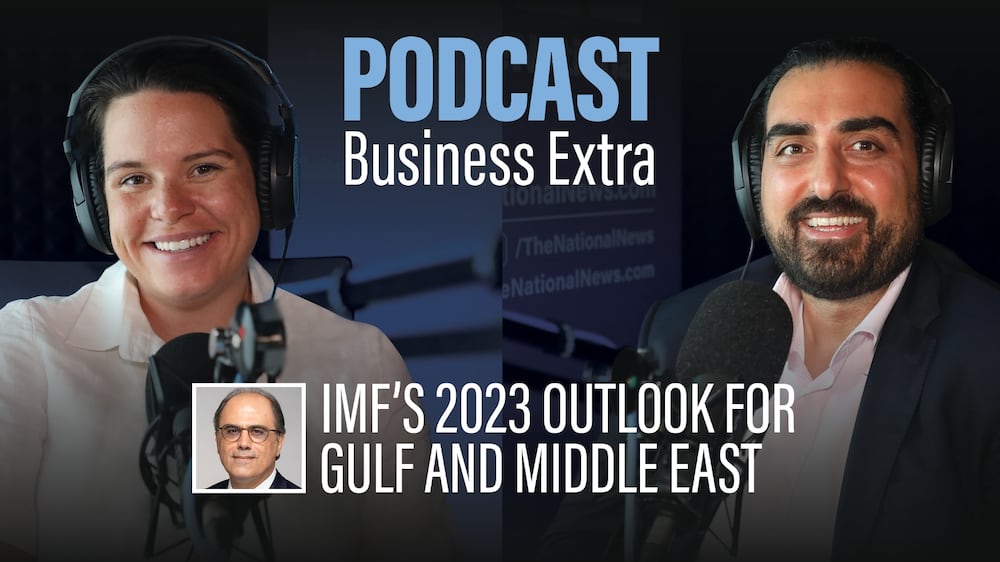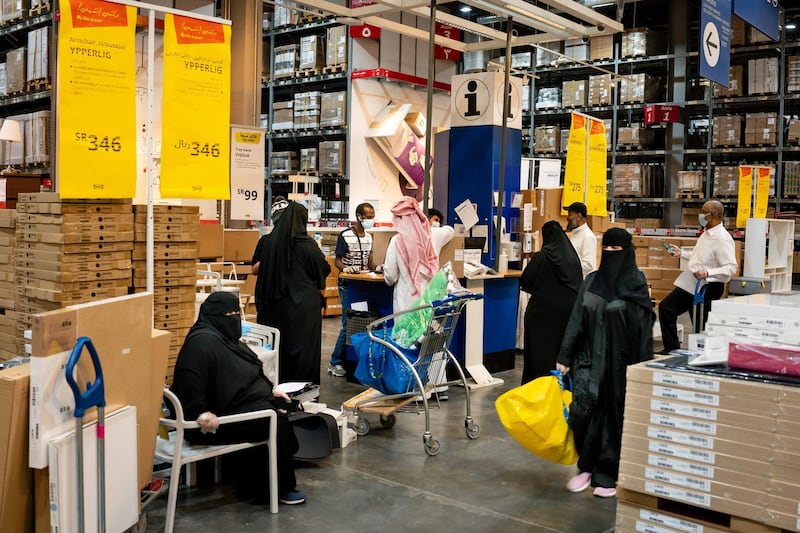Saudi Arabia recorded an annual inflation rate of 2.7 per cent in April, unchanged from the previous month, with housing rentals driving the increase in costs.
The kingdom's Consumer Price Index for April was up from 2.3 per cent in April last year, according to the latest data from the kingdom’s General Authority for Statistics (Gastat).
Rents for housing grew 9.6 per cent annually in April, with apartment rents rising 22.2 per cent during the month, the data showed. Rent accounts for up to 21 per cent of the overall CPI basket.
Housing, water, electricity, gas and other fuels rose by 8.1 per cent annually while food and beverage prices increased by 1 per cent.
Within the food sector, milk, dairy products and eggs rose by almost 11 per cent.
Transport prices, meanwhile, rose 1.1 per cent, while restaurant and hotel prices during the month grew by 6.2 per cent, on the back of 6.1 per cent surge in catering services prices.
Education prices rose by 3 per cent in April as a result of a 4.5 per cent increase in pre-primary and primary school fees.
Furnishings, household equipment and maintenance prices decreased by 1.3 per cent amid a decline in prices of furniture and furnishings, carpets and other floor coverings.
Saudi Arabia's economy expanded by 3.9 per cent in the first quarter on an annual basis, boosted by growth in its non-oil sector as the kingdom continues efforts to diversify its economy from hydrocarbons.
Non-oil activities grew 5.8 per cent in the first three months of the year compared with the same quarter in 2022, while oil activities rose 1.3 per cent during the period, initial estimates released by Gastat this month showed.
IMF's 2023 outlook for Gulf and Middle East - Business Extra

The Arab world's largest economy expanded 8.7 per cent last year, the highest annual growth rate among the world's 20 biggest economies, driven by higher oil prices and the strong performance of its non-oil private sector.
Business activity in the kingdom’s non-oil private sector economy continued to improve in April on higher output and new orders.
The reading for Saudi Arabia on the Riyad Bank purchasing managers' index hit 59.6 in April, from 58.7 in March.
Meanwhile, on a monthly basis, consumer prices in April rose 0.4 per cent amid an increase in housing, water, electricity, gas and other fuel prices, as a result of the rise in housing rents, Gastat said.
Food prices increased by 0.4 per cent, while prices of transport slid by 0.1 per cent during the month.
Prices for recreation increased by 2.8 per cent, personal goods and services by 0.4 per cent, clothing and footwear by 0.8 per cent, and restaurants and hotels by 0.4 per cent.
Healthcare prices rose by 0.1 per cent and education costs were up by 0.1 per cent.







